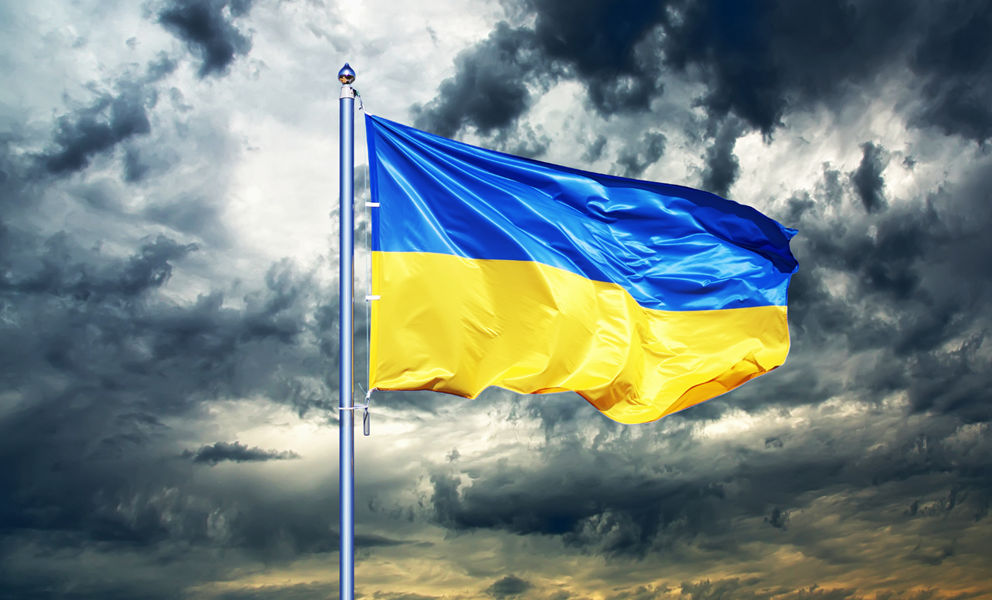Earlier, it was pointed out on the defects of the old model of security architecture in Europe, but Russia’s invasion of Ukraine showed the inability of the Old World to response urgently to global challenges. Now Europe is faced with the need to update both the defense doctrine and the defense sphere, taking into account the location of Ukraine on the eastern flank.
The role of Ukraine in ensuring security in Europe at the moment is difficult to overestimate. Due to its geographical location, Ukraine has become not only a “barrier” between Europe and aggressive Russia, but also a powerful energy, logistics and food hub. The blocking of the Ukrainian seaports by the Russian invaders threatened the world with a humanitarian crisis, during which the countries of the Middle East and Africa could be under the threat of starvation, and Europe — under a new wave of mass migration. The security of Ukraine and its ability to give a quick rebuff to the aggressor is the key to a stable economic and social situation in Europe.
The guarantee of a peaceful and secure Ukraine is the timely and systematic military assistance to gain an advantage over the aggressor on the battlefield. From the very beginning of the full-scale invasion, Ukraine has been actively cooperating with various international institutions and funds that provide it with military assistance. One of the most effective instruments of cooperation between Ukraine and the EU in the defense sphere is the European Peace Fund. The pattern here is that Kyiv receives weapons and ammunition from EU member states in accordance with its centralized requests, and only then the national governments of EU members apply to European institutions for cost recovery through the fund’s resources.
In addition, military assistance to Ukraine gave a significant impetus to the development and increase in the production of military products in the EU states. By providing weapons to Ukraine, the allies are updating their stocks, replenishing them with modern and advanced typesof weapon. The Russian-Ukrainian war has provided a greater increase in arms exports for companies in the military-industrial complex since 1989.
In March 2022, the Strategic Compass was approved, which became the first EU plan of action in security and defense. One of the main ideas of the document is the establishment of the EU Rapid Deployment Capacity of up to 5000 troops. Defense cooperation between the EU countries can strengthen the Alliance, and in the long term, transatlantic solidarity and cooperation with NATO in providing security guarantees and strengthening the defense capabilities of Europe. In turn, Ukraine, which already has one of the most combat-ready armies in Europe, even as a candidate for the EU, should take part in the initiatives.
The speedy integration of Ukraine into NATO will help strengthen security in the Eastern European region. Successful opposition to Russian troops leaves no chance for the complete occupation of Ukraine, as the next are Moldova, Poland and the Baltic countries. Thus, by providing security guarantees to Ukraine, the Alliance will simultaneously protect Eastern Europe from Russian aggression, which will help avoid new risks and threats to European stability. The communiqué of the NATO Madrid Summit notes that Ukraine is “vital” to maintaining the stability of the entire Euro-Atlantic region. Ukraine’s entry into NATO will be a mutually beneficial solution for both sides, because Ukraine will be able to improve its defense capabilities, and other members of the Alliance will receive a reliable and well-armed ally who, in the event of repeated Russian attacks, will be able to quickly repel an enemy attack.
In addition to the expansion of existing institutions, the creation of new, regional associations will make it possible to respond quickly and cohesively to security threats. United-24 is Ukraine’s initiative, set up by President Volodymyr Zelenskyy to stop conflicts immediately. The purpose of it is to provide the necessary assistance within a day, including armed assistance, in order to immediately stop hostilities. The Eastern Europe states’ joining the initiative can improve the security situation in the region, as well as coordinate the actions of allies in case of emergency.
Russia’s war against Ukraine has triggered the biggest security crisis in the EU and, accordingly, it entails an urgent need to change the approach to the resilience strategy. An integral part of Europe’s new security architecture is strengthening the already existing support for Ukraine, as well as coordination of joint efforts to defeat the aggressor.

